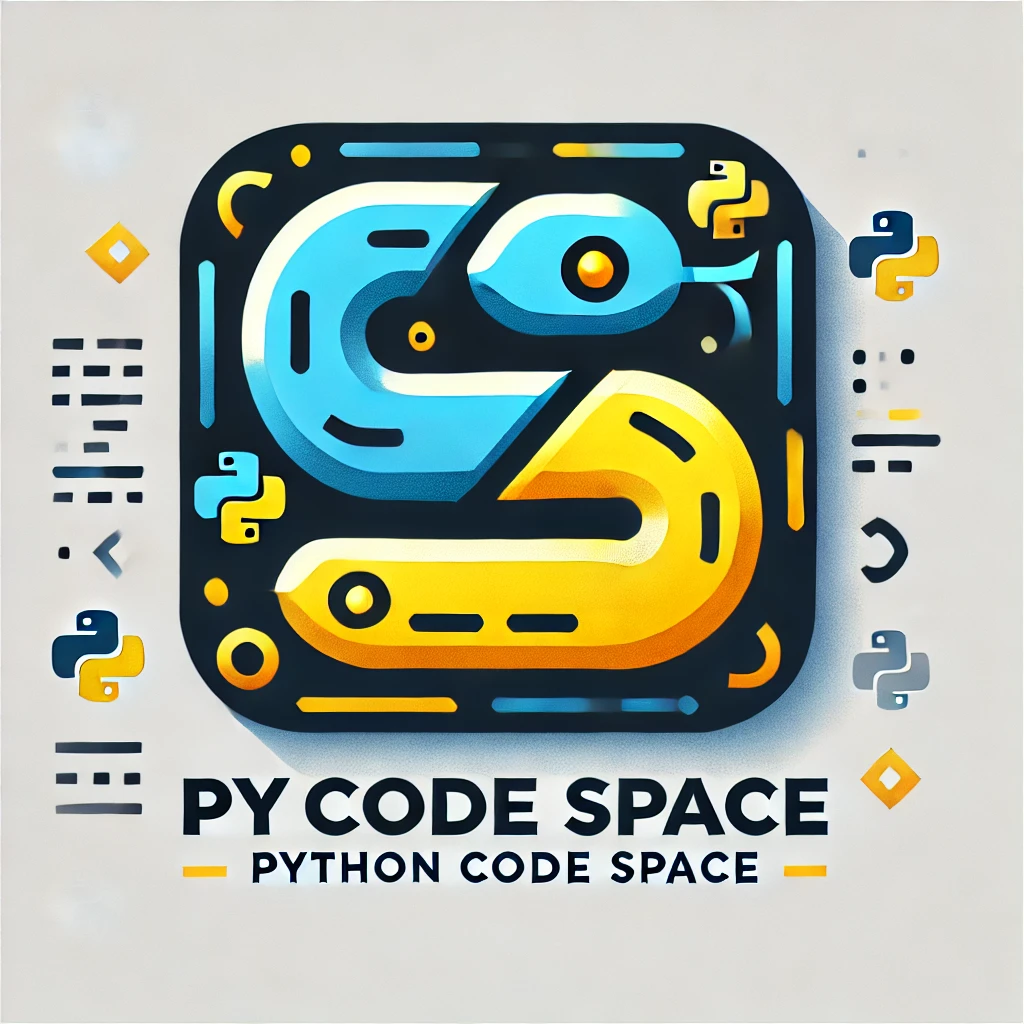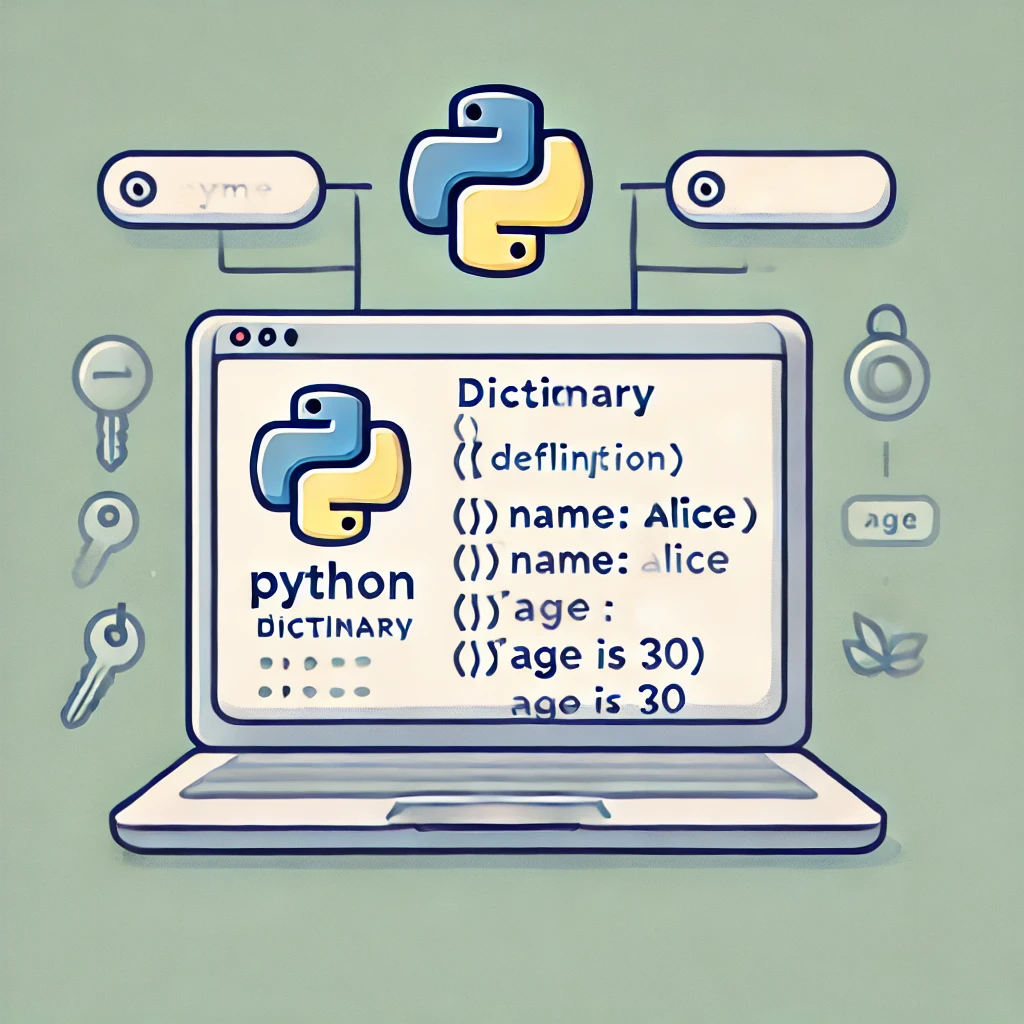Python is known for its simplicity and readability, which makes it one of the most popular programming languages for both beginners and professionals. One of its most powerful and versatile data structures is the dictionary. In Python, dictionaries are used to store data in key-value pairs, allowing for efficient data retrieval. Whether you’re just starting with Python or you’re a seasoned coder, understanding dictionaries is crucial for effective programming.
What is a Dictionary in Python?
A dictionary in Python is an unordered, mutable, and indexed collection of data values, where each item (or value) is stored with a unique key. Dictionaries are defined by curly braces {}, and the key-value pairs are separated by a colon :. Here’s a simple example of a Python dictionary:
my_dict = {
'name': 'Alice',
'age': 25,
'location': 'New York'
}In this example:
'name','age', and'location'are the keys.'Alice',25, and'New York'are the corresponding values.
Creating a Dictionary in Python
Creating a dictionary is straightforward. You can either create an empty dictionary and add key-value pairs later or define them at the time of creation.
Example 1: Creating an Empty Dictionary
empty_dict = {}Example 2: Creating a Dictionary with Data
person = {
'first_name': 'John',
'last_name': 'Doe',
'age': 30
}Accessing Dictionary Elements
To access the value of a specific key in a dictionary, you can use the key in square brackets or the get() method.
Using Square Brackets:
print(person['first_name']) # Output: JohnUsing the get() Method:
print(person.get('age')) # Output: 30The main difference between these methods is that the get() method returns None if the key doesn’t exist, while square brackets will raise a KeyError.
Modifying Dictionary Values
Dictionaries are mutable, meaning you can change their contents after they are created. To update the value of an existing key, simply assign a new value to the key.
person['age'] = 31
print(person['age']) # Output: 31You can also add new key-value pairs to an existing dictionary:
person['location'] = 'Boston'
print(person) # Output: {'first_name': 'John', 'last_name': 'Doe', 'age': 31, 'location': 'Boston'}Dictionary Methods in Python
Python provides several built-in methods to work with dictionaries. Some of the most commonly used methods are:
keys(): Returns a list of all the keys in the dictionary.
print(person.keys()) # Output: dict_keys(['first_name', 'last_name', 'age', 'location'])values(): Returns a list of all the values in the dictionary.
print(person.values()) # Output: dict_values(['John', 'Doe', 31, 'Boston'])items(): Returns a list of tuples, where each tuple contains a key-value pair.
print(person.items()) # Output: dict_items([('first_name', 'John'), ('last_name', 'Doe'), ('age', 31), ('location', 'Boston')])pop(): Removes the key-value pair associated with a key and returns the value. If the key is not found, it raises aKeyError.
age = person.pop('age')
print(age) # Output: 31
print(person) # Output: {'first_name': 'John', 'last_name': 'Doe', 'location': 'Boston'}update(): Updates the dictionary with elements from another dictionary or from an iterable of key-value pairs.
person.update({'age': 32, 'occupation': 'Engineer'})
print(person) # Output: {'first_name': 'John', 'last_name': 'Doe', 'location': 'Boston', 'age': 32, 'occupation': 'Engineer'}Dictionary Comprehension
Just like list comprehension, Python supports dictionary comprehension. It provides a concise way to create dictionaries from an iterable.
Example:
squares = {x: x*x for x in range(1, 6)}
print(squares) # Output: {1: 1, 2: 4, 3: 9, 4: 16, 5: 25}In this example, the keys are numbers from 1 to 5, and the values are their squares.
Looping Through a Dictionary
You can use a for loop to iterate through a dictionary’s keys, values, or key-value pairs.
Example: Iterating Through Keys
for key in person:
print(key) # Output: first_name, last_name, location, age, occupationExample: Iterating Through Values
for value in person.values():
print(value) # Output: John, Doe, Boston, 32, EngineerExample: Iterating Through Key-Value Pairs
for key, value in person.items():
print(f'{key}: {value}')
# Output:
# first_name: John
# last_name: Doe
# location: Boston
# age: 32
# occupation: EngineerNested Dictionaries
Python dictionaries can contain other dictionaries, which allows you to model more complex data structures. This is often referred to as a nested dictionary.
Example:
employees = {
'employee1': {'name': 'John', 'age': 30, 'department': 'HR'},
'employee2': {'name': 'Alice', 'age': 25, 'department': 'IT'},
}To access elements in a nested dictionary, you use multiple keys:
print(employees['employee1']['name']) # Output: JohnHandling Missing Keys
When trying to access a key that doesn’t exist in the dictionary, Python will raise a KeyError. To avoid this, you can use the get() method or set a default value.
Example: Using get()
print(person.get('salary', 'Not available')) # Output: Not availableAnother way to handle missing keys is by using the setdefault() method, which sets the key to a specified value if it doesn’t exist.
person.setdefault('salary', 50000)
print(person['salary']) # Output: 50000Deleting Elements from a Dictionary
You can remove items from a dictionary using several methods:
delstatement: Deletes a key-value pair.
del person['location']
print(person) # Output: {'first_name': 'John', 'last_name': 'Doe', 'age': 32, 'occupation': 'Engineer'}pop()method: Removes the key-value pair and returns the value.
occupation = person.pop('occupation')
print(occupation) # Output: Engineerclear()method: Removes all elements from the dictionary.
person.clear()
print(person) # Output: {}Dictionary vs. Other Data Structures
It’s essential to understand when to use a dictionary versus other data structures like lists, sets, or tuples. Here’s a quick comparison:
- List: Use a list when you have an ordered collection of items. Unlike dictionaries, lists do not store key-value pairs.
- Set: A set is an unordered collection of unique items. Unlike dictionaries, sets don’t store key-value pairs.
- Tuple: Tuples are ordered and immutable collections. While dictionaries are mutable, meaning their values can be changed, tuples cannot be altered once created.
Use a dictionary when you need to associate unique keys with values and need to quickly retrieve data based on a key.
Common Use Cases of Python Dictionaries
- Database Records: Store data as key-value pairs, such as a user’s profile information.
- Counters and Histograms: Track occurrences of items.
word_count = {}
for word in ['apple', 'banana', 'apple', 'orange']:
word_count[word] = word_count.get(word, 0) + 1
print(word_count) # Output: {'apple': 2, 'banana': 1, 'orange': 1}- Configuration Settings: Store configuration options and settings.
- Caching: Implement memoization to cache results of expensive computations.
Conclusion
The dictionary is an invaluable data structure in Python, offering a flexible and efficient way to manage key-value pairs. With its robust set of methods and the ability to handle complex, nested structures, dictionaries are a go-to tool in many programming scenarios. Whether you’re working with simple key-value mappings or more advanced configurations, mastering dictionaries will elevate your Python programming skills.


Leave a Reply